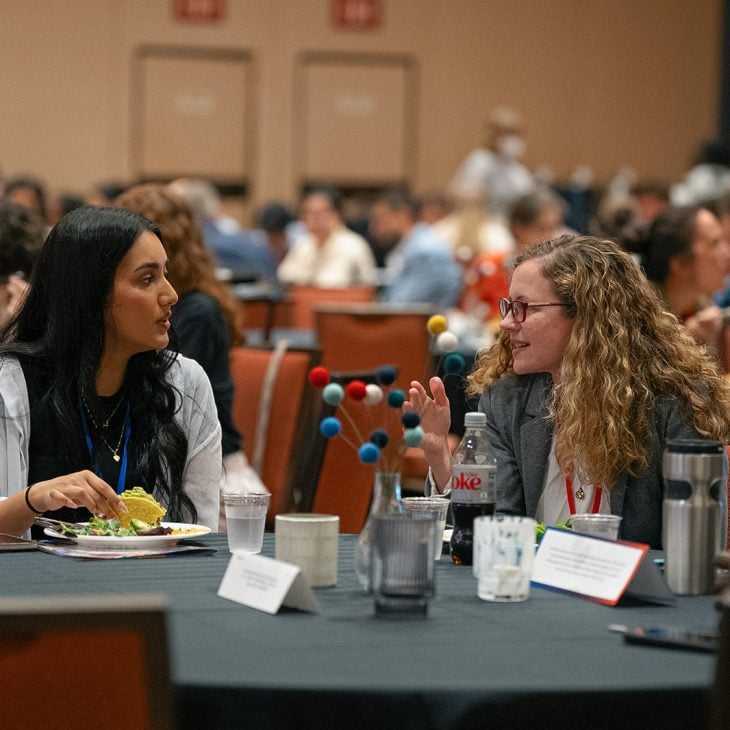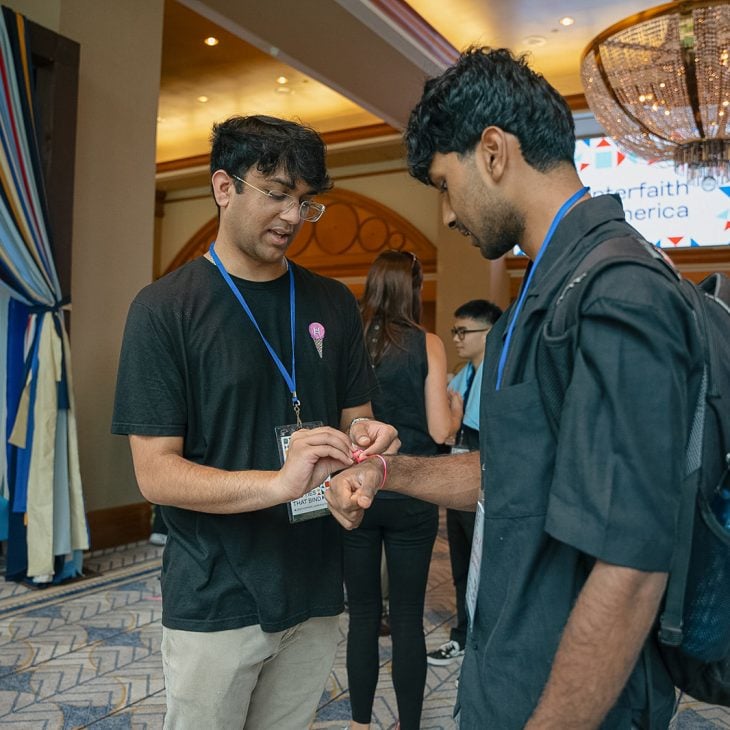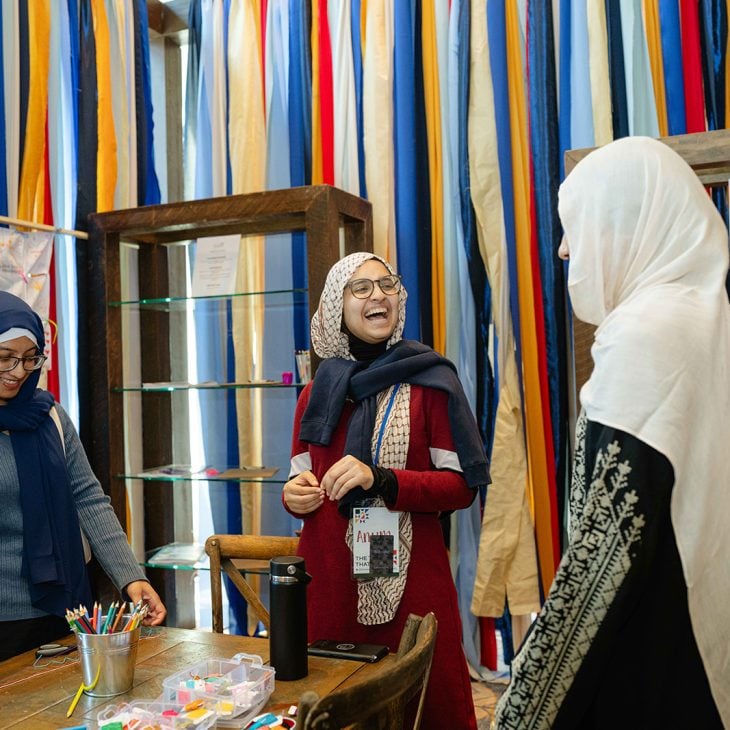Tool
Interfaith America’s Pluralism Framework
Interfaith America’s work to unlock the potential of American religious diversity has been grounded in a steady vision for pluralism.
Interfaith America’s Pluralism Framework
Respect, Relate, Cooperate
For more than two decades, Interfaith America’s work to unlock the potential of American religious diversity has been grounded in a steady vision for pluralism. We support leaders and institutions to build communities and cultures defined by the following characteristics.
For a fuller look at this foundational framework, see Chapter 4 of Interfaith Leadership: A Primer, by Interfaith America Founder and President, Eboo Patel.
Respect: Respect for Diverse Identities
People respect each other’s identities and perspectives, even when they don’t agree. They acknowledge each other’s right to form and express their own identity and opinions. They accommodate each other’s identity-related needs whenever possible.
“To respect someone else’s identity does not require you to agree with it or accept it.” (Patel, p. 93)


Relate: Mutually Inspiring Relationships
People seek out positive, constructive, caring engagement across lines of difference, whether through civic action, friendly conversation, or shared activities. Such relationships do not require us to hide our differences or force fake agreement; rather, they are forged in the recognition of both differences and commonalities.
“These are not connections based on the fiction of total agreement across all dimensions of identity, but rather engagement in full awareness that there are areas of both commonality and divergence and a commitment to care for one another in recognition of both.” (Patel, p. 94)
Cooperate: Cooperation for the Common Good
People engage with different others in common action around issues of shared social concern. Despite differences – which are sometimes irreconcilable – they engage shared values to come together in a commitment to the common good.
“The common good are those principles and structures that a range of groups benefit from and people generally agree we have a collective interest to uphold.” (Patel, p. 96)
